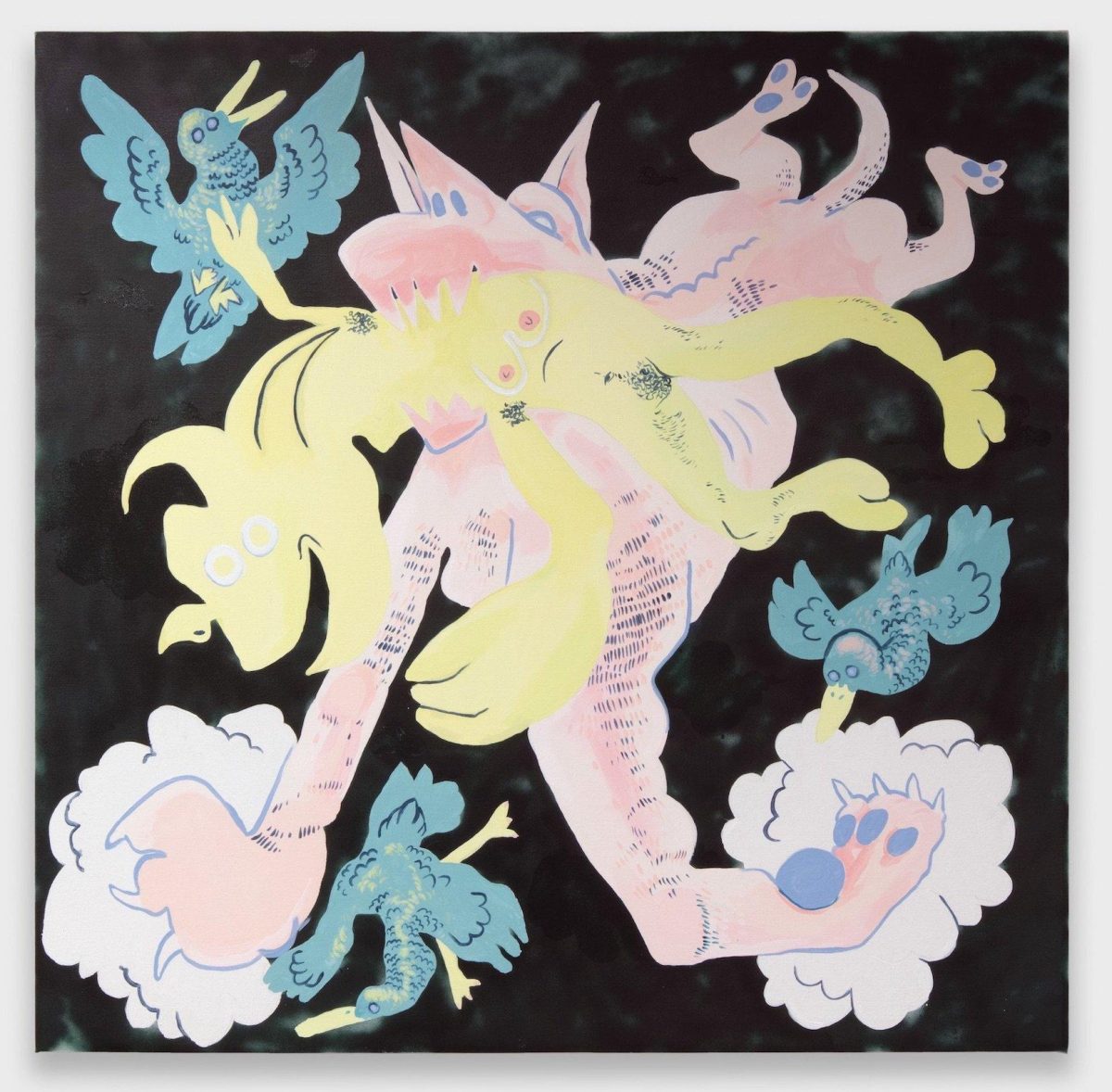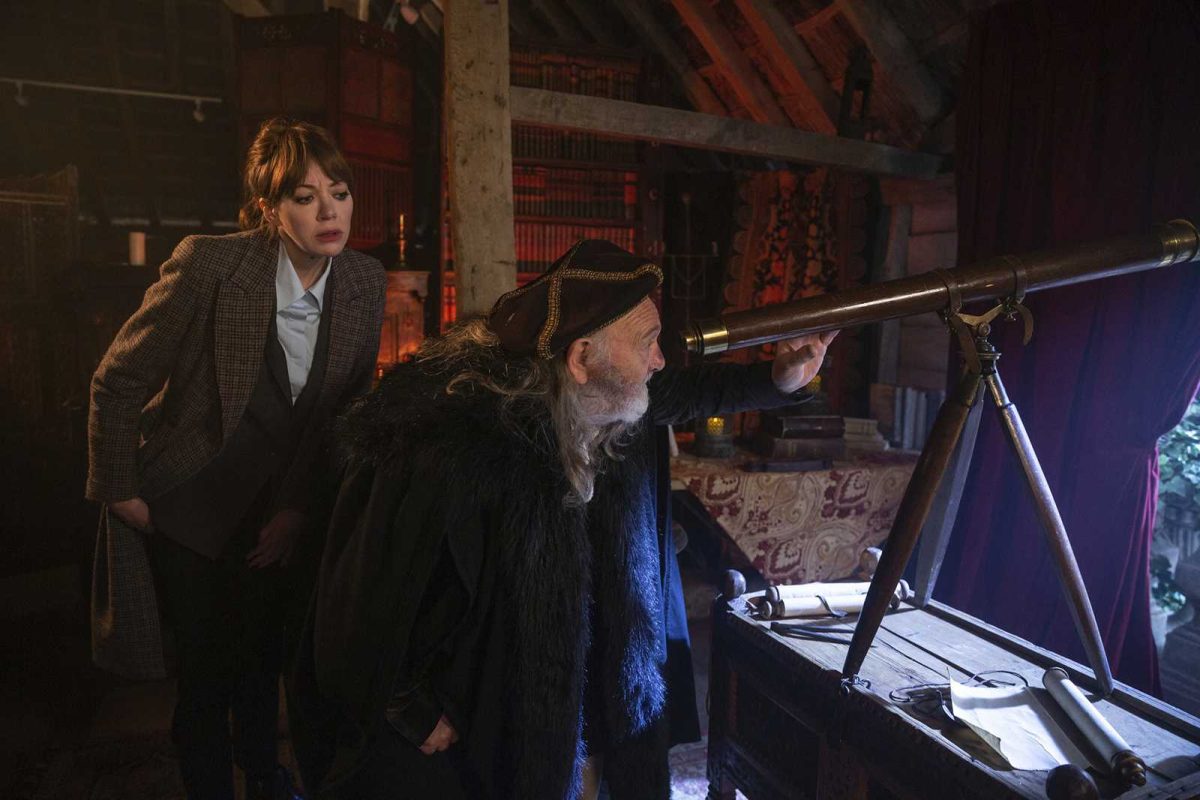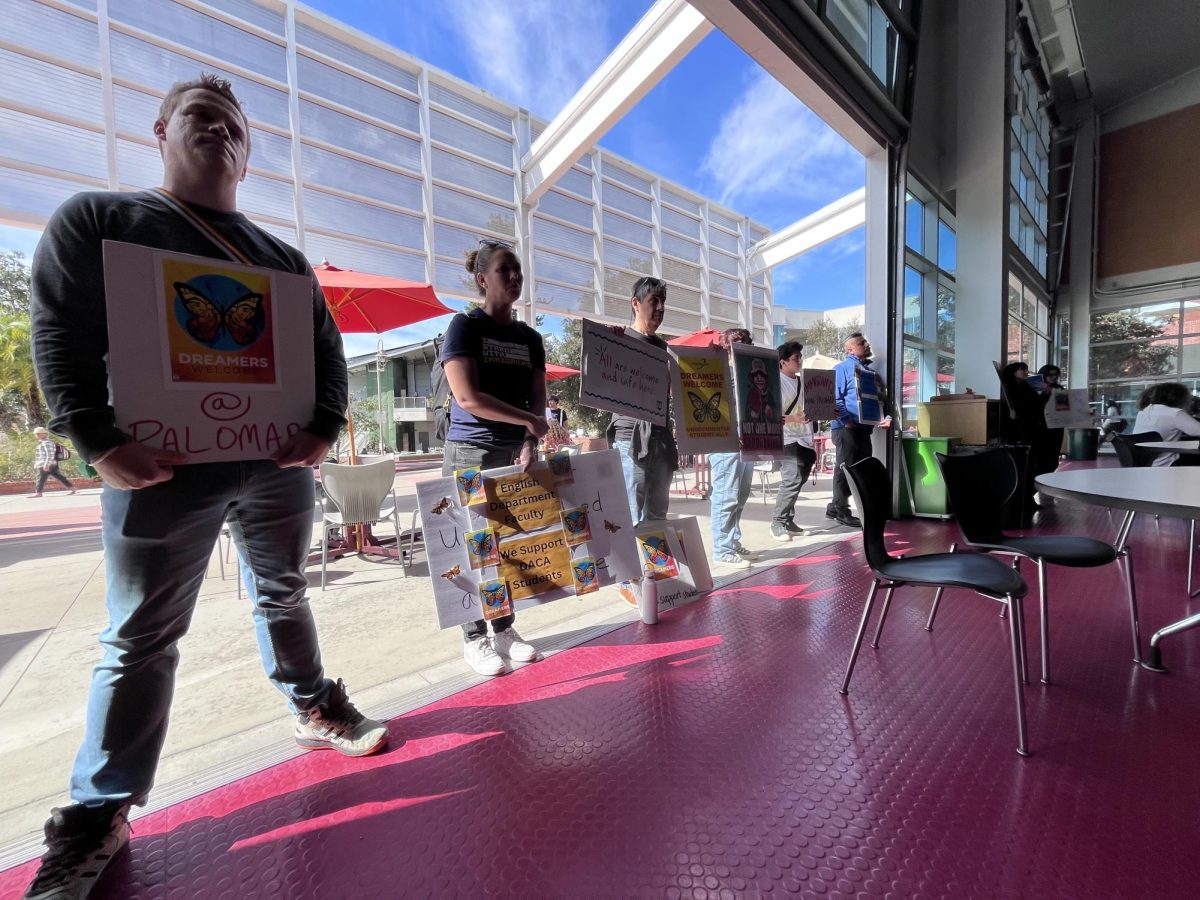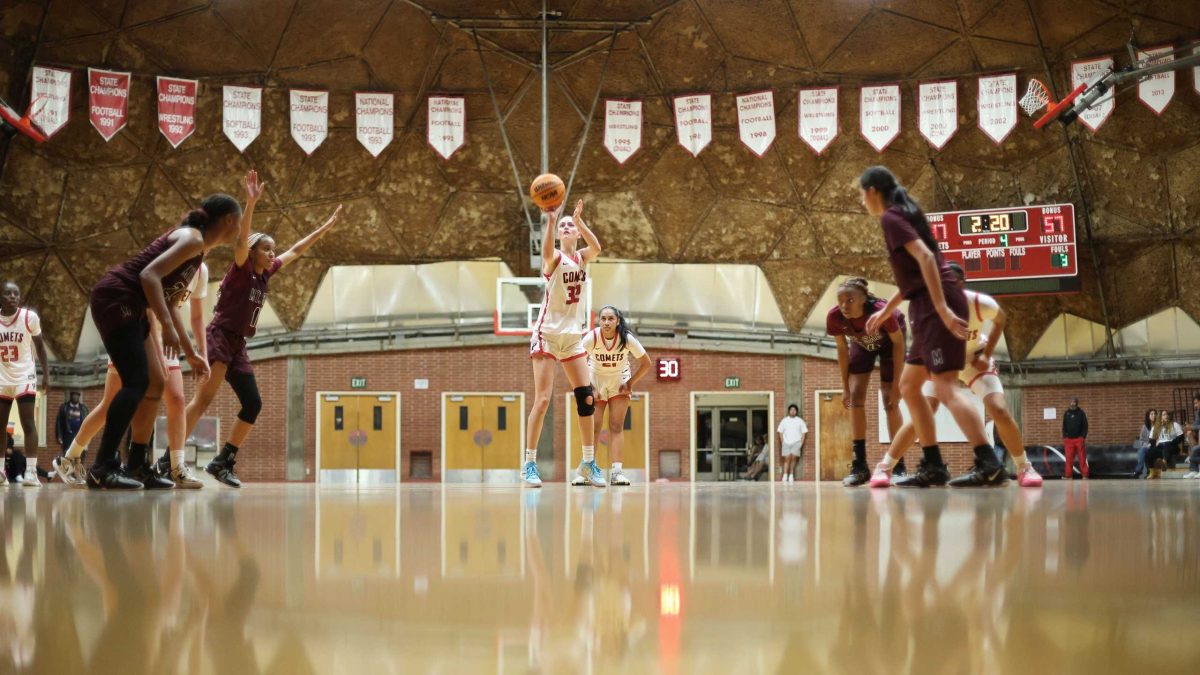With the release of Denis Villeneuve’s Dune: Part Two just around the corner, I took it upon myself to revisit part one and see how it stacked up to the original 1984 David Lynch adaptation.
For starters, the 1984 film feels like it haphazardly rushes through the story to fit it all into the film. The novel conveys a very contemplative tone in the way the characters ponder the circumstances of the predicaments they find themselves in. It’s very well done and makes for an interesting read. The film attempts to emulate the way the novel is written by having the characters express their thoughts through narration.
I firmly believe that this was also done to make the movie more comprehensive, since there are mountains upon mountains of world building the audience needs to familiarize themselves with in order to understand what’s happening. This makes the story and emotions feel like they’re being force fed to the audience.
When it comes to Dune ‘21, there’s almost a fly on the wall feeling to the way the film immerses you in its story. It’s no small feat to tell this story through the medium of film, which is why I admire the presentation so much. The acting, directing, and cinematography all work in unison to communicate important plot points and character beats through visuals and emotion alone.
Dune ‘21 understands show don’t tell very well whereas Dune ‘84 tries to do both to no avail. Since it only covers part one part of the book and about half of the ‘84 film, there’s a lot more depth that’s able to be added to the world building and it makes the story so much more impactful than in the ‘84 film.
Dune ‘21 is masterfully shot by Greig Fraser, a.k.a. one of my favorite cinematographers working today. His work on this film or others such as “The Batman” and “The Creator” is unreal. He is so good at adding weight and atmosphere to otherworldly places and Dune ‘21 is no exception.
The atmosphere in this film is so palpable. You can almost feel the dry, dusty heat of Arrakis, the sweat and anxiety on these characters faces, the psychoactive contemplation of Paul’s mental state, played excellently by Timothée Chalamet by the way.
While the 2021 film is a much better adaptation, there are some aspects of the 1984 film that I admire. David Lynch is known for the weird shit in his films and he absolutely nails the depiction of the more bizarre aspect of this universe, that the 2021 film doesn’t touch on.
In the novel, the guild navigators would use spice to provide transport to the great houses through the galaxy, but after prolonged use it deforms the navigators into giant, fetus-like creatures. Seeing them in this was really interesting and the visuals of them folding space is presented in trippy David Lynch fashion which I greatly appreciated.
The same goes for Paul’s visions once he’s exposed to the spice. Despite my gripes with the presentation, there’s something oddly refreshing about the whimsy 80’s aesthetic of Lynch’s film, especially compared to how straight Villeneuve’s film plays it.
While Dune ‘84 leaves a lot to be desired, the differences between Lynch’s and Villeneuve’s adaptations somewhat compliment each other. While I didn’t enjoy the ‘84 film overall, I love this world and the characters who inhabit it. If Dune ‘84 was my first exposure to this story, I’d probably hate it. Since Dune ‘21 was, I think I was able to understand and appreciate the ‘84 film more than your average viewer.
I wouldn’t recommend the ‘84 film now that Villeneuve’s adaptation has basically made it obsolete, because I appreciate the execution of the ‘21 film so much more and I have no doubt it will do the same thing for part two.


































































